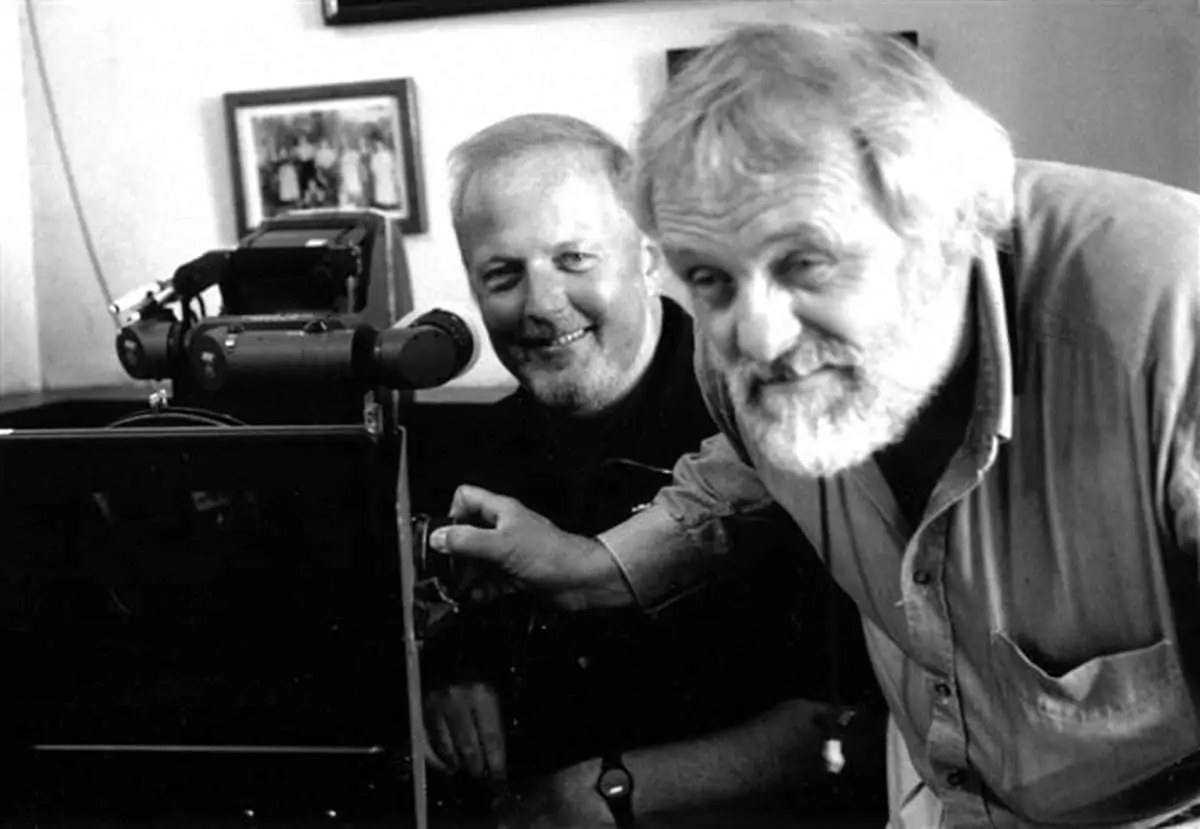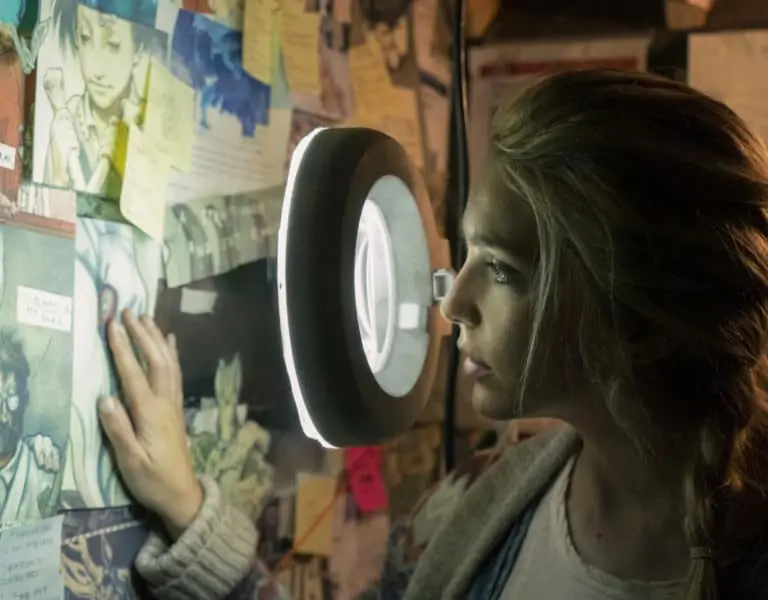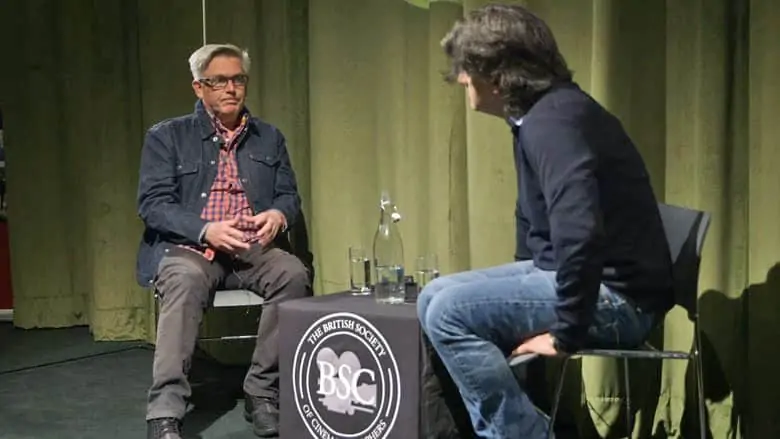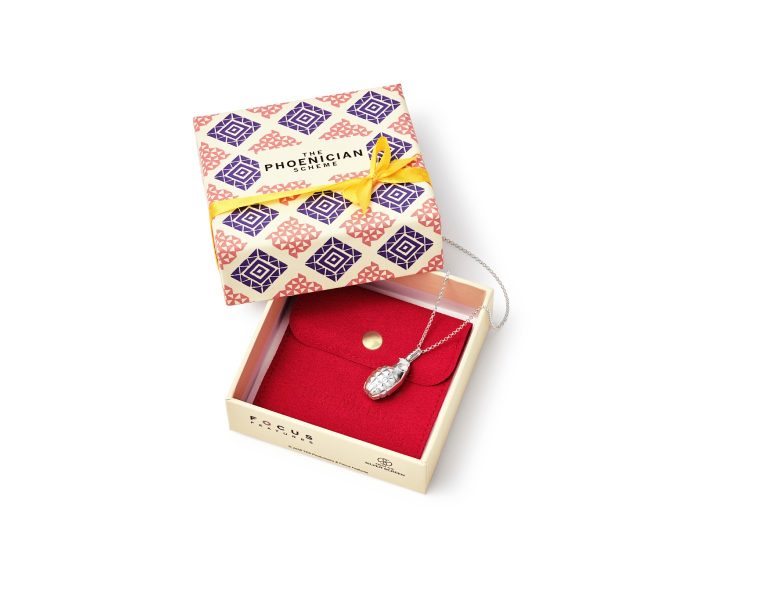Fear in the frame
An insight into the classic British supernatural horror, lensed by Robin Vidgeon BSC.
Hellraiser was photographed in north London by DP Robin Vidgeon BSC for writer/director Clive Barker. The production was shot in a house that was up for sale in Cricklewood which Vidgeon says was perfect and that the budget being around two million USD. Other sources state one million.
The film, produced by Christopher Fig, was based on Barker’s novella The Hellbound Heart and marked Barker’s directorial debut. The music score was by Christopher Young, and cast included Andrew Robinson, Clare Higgins, Doug Bradley, Sean Chapman, Oliver Parker, Frank Baker, and Ashley Laurence. Released in September 1987, it was distributed by Entertainment Film Distributors.
Asked if the budget placed any restrictions on filming, Vidgeon says, “No, we had a schedule of eight weeks, and it took just eight weeks. Most of the filming was done in the house. We had a large special effects team and a sequence where blood comes up through the floor which was shot at the Production Village in Cricklewood which was run by the Samuelson family and is no longer there.”
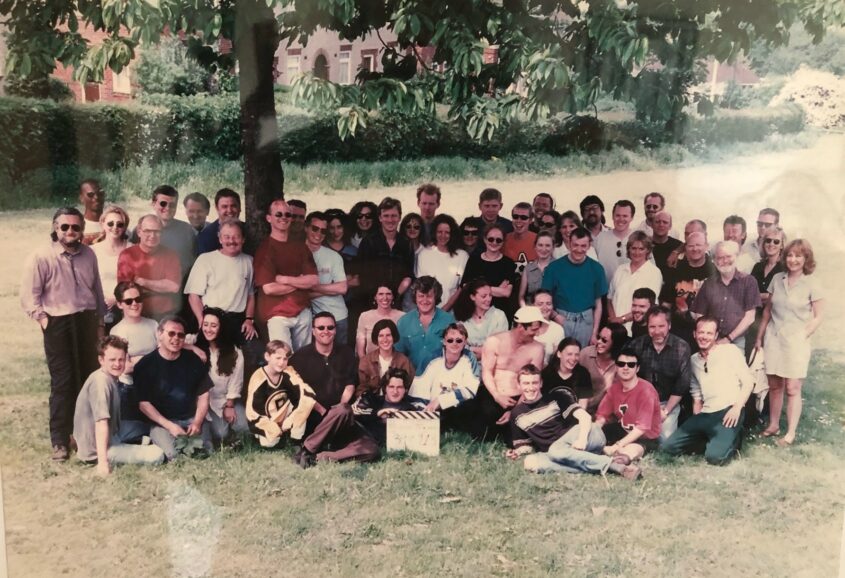
The camera crew worked on the film included camera operator David Worley ACO GBCT Associate BSC, who had worked with Vidgeon before. Worley says: “The house we shot in on Cricklewood Lane was near Samuelson’s Film Services, where the camera equipment came from. A lot was shot on the stairs and there wasn’t a lot of room to shoot. We used a Panaflex camera, shooting in the Academy ratio, and it was printed at 1.85:1 for the cinema.”
Vidgeon occasionally operated a second camera. “If I could cover some dialogue around a table, I would run two cameras,” he says. “I would operate one of them, but only when not compromising the lighting. We didn’t often run two cameras because I didn’t want to stretch the only camera crew we had, and we didn’t get extra people in.
“The house sequences were shot to a certain extent in continuity, which made it a bit easier. As it was a real house, we couldn’t remove walls and ceilings like you can in a studio. The action took place in the morning, noon, dusk, and night and it proved challenging for the crew to try and give it a different look.”
Around thirty special effects people worked under special effects supervisor Bob Keen. His crew included Dave Keen, Jason Reed, Stuart Conran, Ian Rolph, and Cliff Wallace. Keen worked closely with Clive Barker, closely following the director’s storyboard.
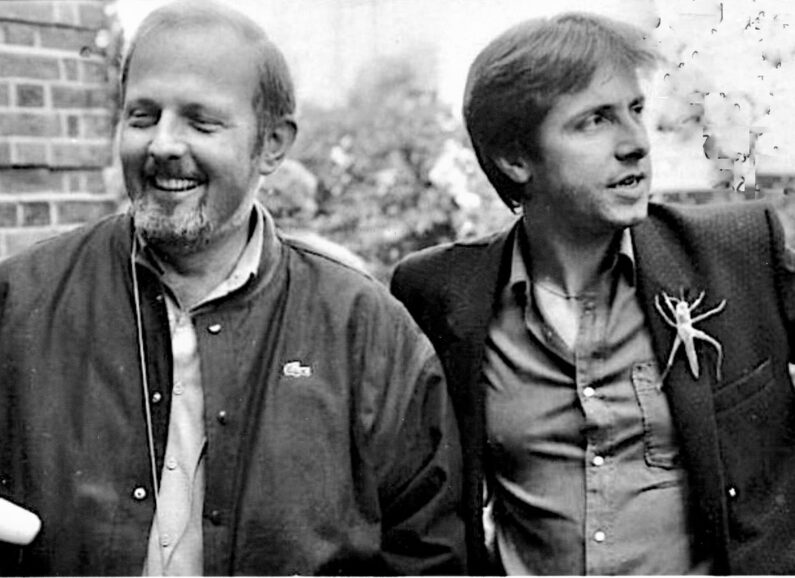
“The actors were brought to the house 90 percent ready, and the finishing touches were added before we shot,” says Vidgeon. “Special effects were achieved through Clive’s drawings and Bob Keen’s team. The only creature that had a lot of manipulation, with four or five people working it, was a creature featuring in the end sequence which tries to attack the house from the front door. We had no CGI, so we had quick edits.”
The Panavision camera – shooting on Fuji 500 film stock – was paired with standard Panavision lenses. Sometimes filters were used for long shots of the house because of the bright sky and Vidgeon also used a polar screen for reflections.
When it came to equipment, Vidgeon says he had “truck loads”. “We always had a generator with us, and I had all the lights that I needed. Because of limitation, we didn’t have any big lights. And because I was using fast film, I was able to use lighting from 2K down and lots of small lights, which we hid. Like all DPs, I didn’t want it to look lit. In a house you are really limited – there are places you want to put a lamp but can’t.”
Asked if it was challenging, Vidgeon replies, “Yes, it was. I have worked a lot with first-time directors. Clive was a writer and had all the ideas in his head. He knew what he wanted because he wrote the script. It was our job to deliver his vision, which was sometimes difficult. As a DP, you never like to say, ‘I can’t do this or that’. It was a challenge lighting it and still making it look like it wasn’t lit.”
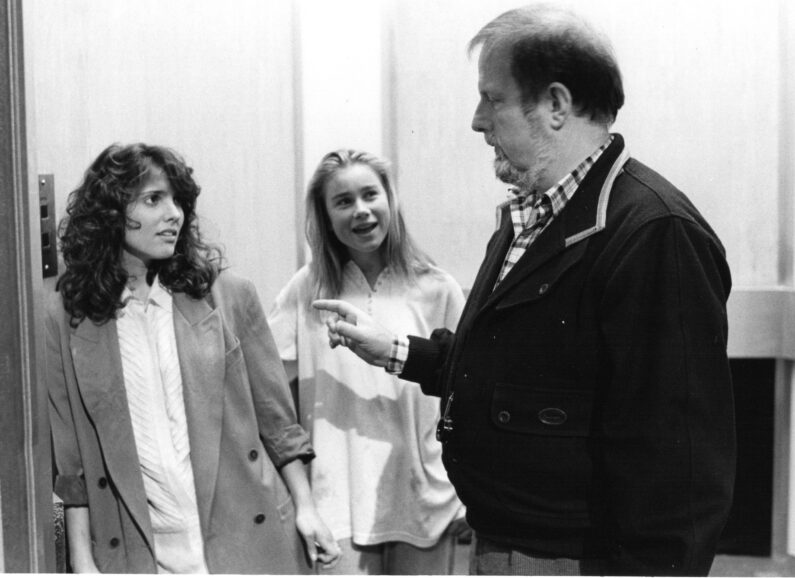
Was Barker advised on set ups? “We had to,” says Vidgeon. “Clive had never worked with a camera, but he got into it very quickly. Hellraiser had everything in it and delivered what Clive wanted from the script. Some shots took a while to set up due to limited space. There was no crane work, but we used a dolly. The film was great fun to make. A lot of it was done in one or two takes and I worked with the camera crew I normally used.”
That camera team consisted of operator David Worley ACO GBCT Associate BSC; focus puller Danny Shelmerdine; loader Clive Mackey; grip Gary Hutchings; gaffer Steve Foster and Vidgeon. “Electricians were Ray Wardley and Andrew C. Hebden, and we had a sound crew, which included boom operator Clive Osborne and sound mixer John Midgley. It was a standard efficient unit, and they got the job done on time.”
Vidgeon went on to be DP on Hellbound: Hellraiser 2 (1988), directed by another first-time director, Tony Randel. Barker wrote the story and was the sequel’s executive producer. It was shot at Pinewood and produced by Christopher Gibb and David Barron. Barker went on to direct Nightbreed (1990) which Vidgeon and Worley also worked on.
